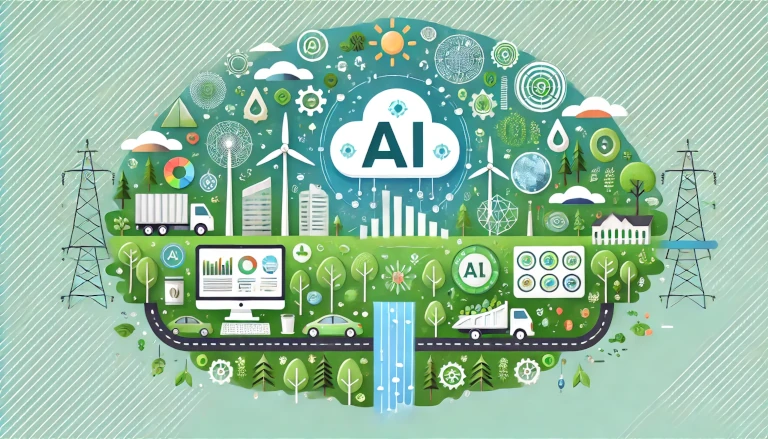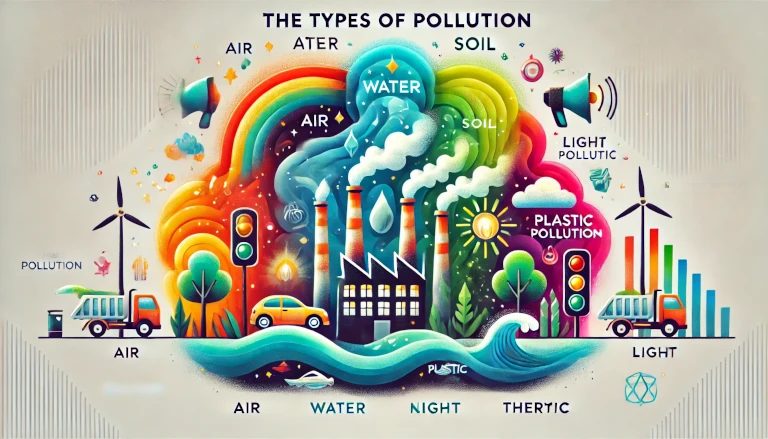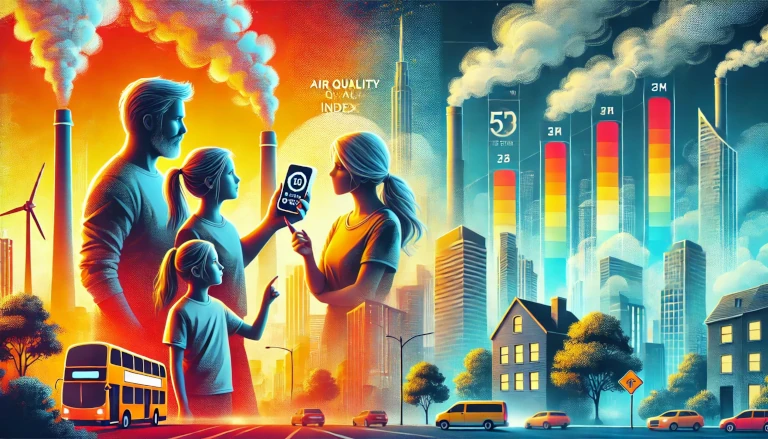Delhi, one of the most polluted cities in the world, struggles with severe air quality issues, especially during the winter months. Tackling this complex problem requires innovative solutions, and Artificial Intelligence (AI) has the potential to play a significant role in combating air pollution. AI technologies can provide better insights, predictive models, and real-time monitoring to help manage and reduce pollution levels effectively.
In this blog, we’ll explore how AI can be used to address the Delhi air pollution crisis, offering practical and innovative solutions that can pave the way for cleaner air and healthier living conditions.
How AI Can Help Solve Delhi’s Air Pollution Crisis 🧠🌍
Artificial Intelligence can be a powerful tool for monitoring, analyzing, and solving environmental issues like air pollution. Here’s how AI can contribute to improving Delhi’s air quality:
1. Real-Time Air Quality Monitoring 📡💨
One of the key challenges in addressing air pollution is the lack of accurate and continuous data. AI-powered systems can be used to monitor air quality in real-time, providing detailed and up-to-date information on the levels of harmful pollutants like PM2.5, PM10, carbon monoxide (CO), and nitrogen dioxide (NO2).
- Example: AI-driven sensors placed across Delhi can constantly collect data on air quality, which can be analyzed to track pollution trends. By identifying pollution hotspots, local authorities can take immediate action to reduce pollution in these areas.
2. Predictive Analytics for Pollution Forecasting 🛰️📊
AI can be used to build predictive models that analyze past air quality data and other factors like weather patterns, wind speed, and vehicular emissions. These models can predict future air pollution levels, giving authorities an opportunity to take preventive measures.
- Example: AI models can forecast a spike in pollution levels due to upcoming weather conditions, allowing the government to implement temporary restrictions on construction activities, vehicle movement, or even advise citizens to limit outdoor activities during high-pollution days.
3. Traffic Management and Emission Reduction 🚗🚦
Vehicle emissions are one of the largest contributors to Delhi’s air pollution. AI can optimize traffic management systems by reducing traffic congestion, which in turn helps decrease vehicle emissions. AI-based smart traffic lights can be programmed to adjust the timing of signals based on real-time traffic data, reducing idling times for vehicles and cutting down emissions.
- Example: AI-powered systems can control traffic flow by optimizing signal timings during peak hours, ensuring smoother movement of vehicles and reducing the emissions caused by stop-and-go traffic.
4. AI-Driven Solutions for Stubble Burning 🌾🔥
Stubble burning in nearby states like Punjab and Haryana is a significant cause of air pollution in Delhi during the winter months. AI can help track and predict stubble burning activities using satellite imagery and machine learning algorithms.
- Example: AI-based satellite systems can detect fires and track smoke patterns in real-time. This data can help authorities take prompt action to control the spread of smoke and air pollutants from stubble burning, reducing their impact on Delhi’s air quality.
5. AI for Industrial Emission Control 🏭⚙️
Industries around Delhi contribute significantly to air pollution. AI can help monitor industrial emissions more effectively by using AI-powered sensors and predictive analytics to track and reduce harmful emissions.
- Example: AI systems installed in factories can monitor emissions levels in real time, ensuring that factories do not exceed legal pollution limits. AI models can also recommend adjustments to industrial processes to minimize emissions.
6. AI for Public Awareness and Health Alerts 📲🩺
Public awareness is critical when it comes to air pollution. AI can help create personalized health alerts based on an individual’s location, air quality data, and health conditions. By providing real-time air quality updates and advising people when to avoid outdoor activities, AI can help mitigate the health risks posed by pollution.
- Example: Mobile apps powered by AI can send personalized notifications to users about local air quality levels and suggest actions like wearing masks, using air purifiers, or avoiding high-traffic areas during times of peak pollution.
Real-World Examples of AI Helping Fight Air Pollution 🌐💻
There are already several real-world applications of AI being used to combat air pollution:
- Google’s Air View Project: Google is using AI-powered sensors on its Street View cars to measure street-by-street air quality. This data is then analyzed to identify pollution hotspots, helping city planners take necessary action.
- Breeze Technologies: This startup uses AI-driven air quality sensors that monitor pollution and provide real-time insights to help cities reduce their emissions and improve public health.
Challenges and the Future of AI in Solving Air Pollution 🌍🤖
While AI has tremendous potential to help solve Delhi’s air pollution crisis, it is not without its challenges:
- Data availability: AI systems require vast amounts of data for accurate predictions. Ensuring the availability of reliable and up-to-date air quality data is essential for the success of AI-powered solutions.
- Implementation cost: Implementing AI systems at a large scale can be costly, but the long-term benefits of cleaner air and improved public health far outweigh the initial investment.
As AI technology continues to evolve, we can expect to see more innovative solutions for fighting air pollution not just in Delhi but globally. With better AI integration, Delhi can take meaningful steps toward improving its air quality and providing a healthier environment for its citizens.
AI as a Game-Changer for Delhi’s Air Quality 🌬️🌱
Artificial Intelligence has the potential to be a game-changer in the fight against Delhi’s air pollution crisis. By leveraging AI-driven technologies for real-time monitoring, predictive analytics, traffic management, and public awareness, we can develop effective strategies to reduce pollution and protect public health.
Delhi’s air quality crisis is a complex issue that requires a combination of government policies, technological innovations, and individual efforts. AI, with its ability to analyze data, predict patterns, and offer smart solutions, can play a critical role in making Delhi’s air cleaner and safer for future generations.
Discover more from Green Ecosystem - Renewable Energy, Agriculture, and Environmental Sustainability
Subscribe to get the latest posts sent to your email.


